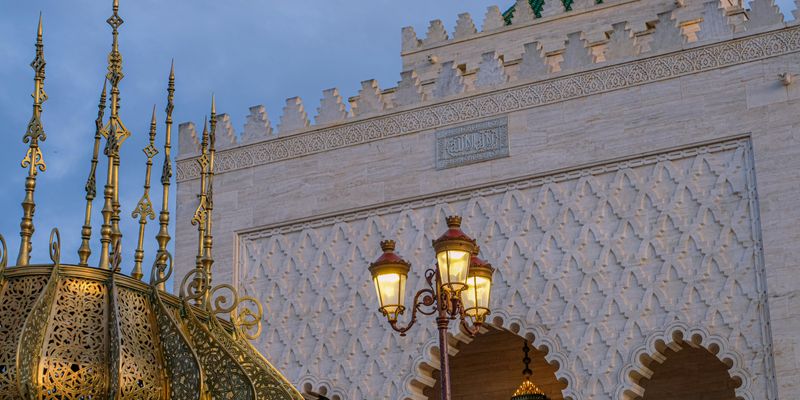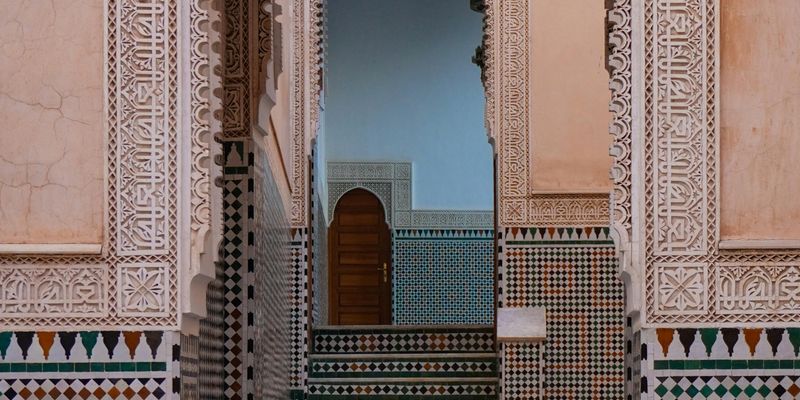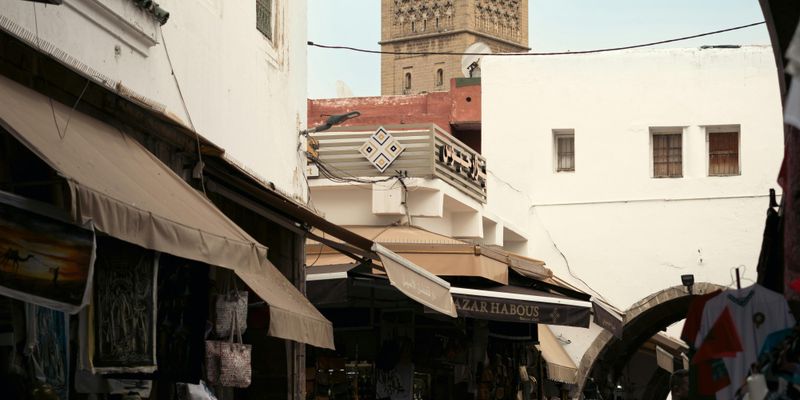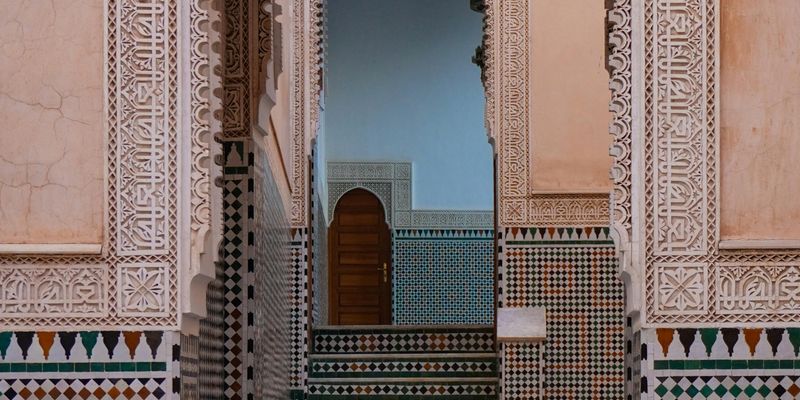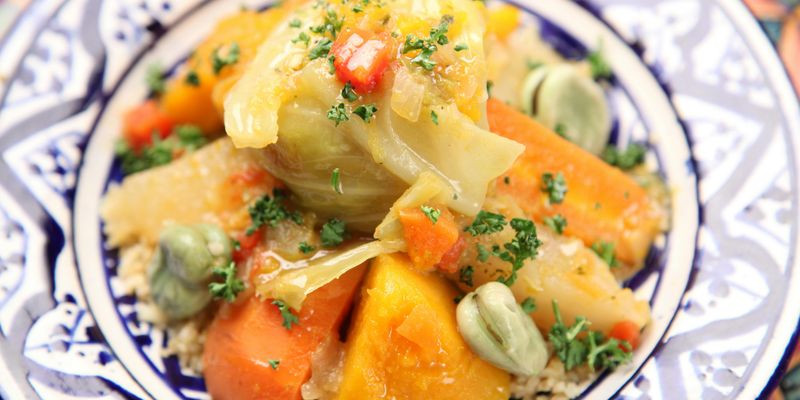
Why Moroccan Spices are the Soul of Our Cuisine
When you think of Morocco, what often comes to mind are its stunning landscapes, rich history, and vibrant markets filled with colorful treasures. However, at the heart of Moroccan culture lies a hidden gem that deserves a closer look: our spices. Let me take you on a flavorful journey through the aromatic world of Moroccan spices and their significance in our daily life and culinary traditions.
The Spice Souks: A Feast for the Senses
Walking through the souks (markets) of Marrakech or Fez, you are greeted by a mesmerizing kaleidoscope of colors and scents. Stalls bursting with spices like cumin, cinnamon, and ras el hanout envelop you in their warmth. Ras el hanout, a quintessential Moroccan spice blend, often contains up to 30 different spices, tailored by each vendor to reflect their personal recipe. It’s this blend that brings the depth of flavor to our renowned tagines and couscous.
Cooking with Love: Family and Tradition
In Moroccan culture, cooking isn't just about nourishment; it’s an expression of love and hospitality. Family gatherings are a common sight during meal times, where traditional dishes are prepared as a labor of love. My grandmother's secret ingredient for her delicious chicken tagine is a sprinkle of saffron, and she insists on soaking it in warm water first to enhance its flavor. This simple act embodies the care and tradition woven into our culinary practices.
Health Benefits: More Than Just Flavor
Many of our spices are not just flavorful but come packed with health benefits. For example, turmeric, known for its vibrant yellow hue, is celebrated for its anti-inflammatory properties. Cumin aids digestion, while cinnamon is a beloved spice with antioxidants that help regulate blood sugar levels. It’s a beautiful aspect of Moroccan cooking that sustains both body and soul.
Experience the Flavor: A Taste of Morocco
For those wanting to experience Moroccan cuisine, I encourage you to try cooking a simple tagine at home. Gather spices, vegetables, and proteins of your choice, and don't forget to cook it slowly—the key to unlocking the full bouquet of flavors. You can even experiment with different spices as you adapt the traditional recipes. Or better yet, join a cooking class if you find yourself in Morocco, where you can learn firsthand from the experts about the significance of each spice.
Morocco's Diversity in Spices
From the coastal fishing towns where seafood tagines blend spices with local catch, to the Atlas Mountains where Berber cuisine incorporates native herbs, the variety in Moroccan spices is a testament to our rich cultural diversity. Each region has its own twist, reflecting the influences of Berber, Arab, and Mediterranean traditions. This culinary diversity is not just a feast for the stomach but a journey through our national identity.
Bringing the Aromas Home
As I reminisce about my experiences exploring the souks and savoring home-cooked meals, I can’t help but feel a deep connection to my Moroccan roots through our spices. They are more than just additives; they are markers of our history, our flavors, and our hospitality. I invite you to explore Moroccan spices yourself—whether in your kitchen or during a visit to our enchanting land of flavor. Embrace the warmth and vibrancy that each bite carries, and discover how much these tiny grains can tell you about our beautiful Moroccan spirit.
